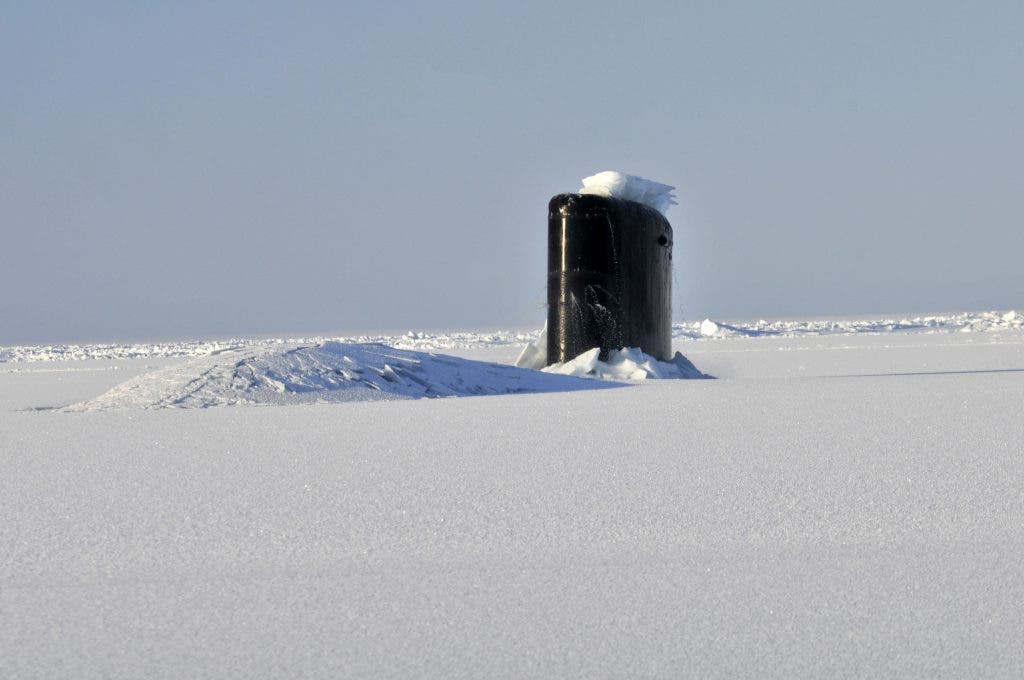
The US Navy and MIT researchers have found that underwater sound waves in the Arctic Circle have drastically changed their mode of propagation, with important consequences for sonar communication. Melting ice and shifts in ocean temperature at the hand of climate change are the main culprits.
An acoustic corridor that helps sound travel four times longer underwater than it should
Sound, defined as vibration that propagates as an audible pressure wave, travels at different speeds depending on the medium. Perhaps counterintuitively, sound travels the slowest through the air (340 m/s), or almost five times slower than in water (around 1,480 m/s), and the fastest through a metal (5,100 m/s in iron).
The reason why sound travels faster through water than in air is because water is incompressible and air is compressible. When air is pushed by a pressure wave, the molecules squeeze a bit close together holding the pressure a bit before getting pushed. Sure, the sound waves move them forward, but slower. When you push on water, that energy is immediately transferred to the next molecule. That’s why a hand grenade blowing up underwater can make a big hole in the steel hull of a ship — the generated pressure wave is not only faster, it also has a hard knock because the energy isn’t dissipated.
But sound doesn’t travel at a constant speed in the water as it does through the air. That’s because its speed is dependent on temperature (the higher it gets, the faster sound travels) and pressure (same as temperature). Sound waves also tend to bend towards the water layers where the speed of sound is lower.
Since the 1970s, the water in the Beaufort Sea, in the Arctic, has warmed by 1.5 degrees Celsius with predictable consequences to sound propagation. Specifically, climate change has altered the acoustics of the water contributing to the creation of a physical phenomena called the Beaufort Lens — a sonic superhighway stretching between Alaska and the Northwest Territories.
This lens consists of three layers. Nearest to the surface is a layer made of a mix of cold and warm water; beneath is a layer of colder water that stretches 100 to 200 meters deep; the third layer begins 200 meters ownward and is made of warmer water. It’s a peculiar water sandwich that makes acoustics behave in peculiar ways. For instance, through this corridor sound can travel for more than 400 kilometers uninterrupted — four times more than it normally should.
Most recently MIT researchers in collaboration with the US navy carried a huge furnace through the ice of Beaufort to melt its surface until they made a hole big enough to fit an 850-pound, 12-fee-wide drone. The sensors on the drone measured the acoustic properties of the water to see how these have changed since the Beaufort Lens was first discovered in 2004.
The researchers found the sound waves near the ice surface refract downward towards the Len’s middle layer. Deeper sound waves similarly refract upward to the same middle layer. Once inside this cold layer, the waves become trapped like a bowling ball stuck in a gutter and thus can travel long distances. Another foray with a more precise and complex measurement system is already being planned for 2018.
via Nautilus






